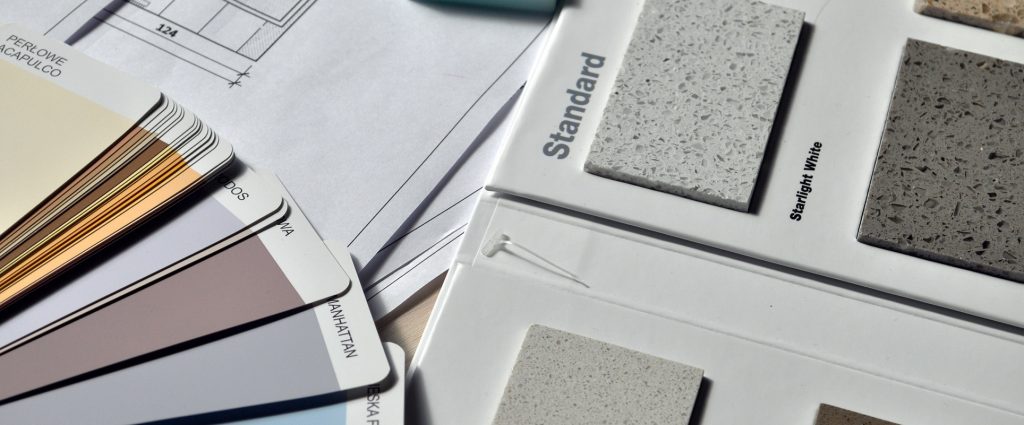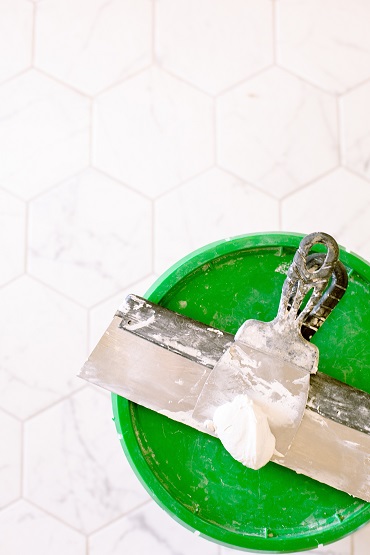
Home values are up. If you’re like many homeowners today, you’re sitting on a substantial sum of home equity. But you might hesitate to sell your home and buy another one. Who wants to give up yesterday’s cheap mortgages for loans with tomorrow’s high interest rates?
So, if you’re “stuck” with a great mortgage, you could jump on the home improvement trend. The National Association of Realtors® reports that most homeowners plan to do home improvements in 2023.
Good news: You do not have to put your home’s value up as collateral to borrow funds for home upgrades. Home improvement loans are unsecured. Plus, they’re relatively easy to get. Let’s talk home improvement loans.
An Option That Doesn’t Record a Lien on Your Home.
Lenders do not record liens on the home’s title when issuing home improvement loans. They expect repayment in regular installments — usually monthly, over a year or several years. It depends on what you borrow.
Will your project cost more than $10K? That might exceed your credit card’s limits. Plus, credit cards have high interest rates if you carry a balance.
Qualifying for a home improvement loan won’t take long. And with some online companies, you can have your funds and be ready to start your project on the next business day after your approval.
Once approved, home improvement loans are predictable. Pay on time to avoid extra fees, and the monthly repayment is always the same.
Perhaps the best news of all is that even with imperfect credit it’s possible to take out a personal loan — especially when the lender knows it’ll increase the value of the home you own.
Some companies won’t do a hard pull on your credit history if you’re looking to compare loan offers — including amounts, terms, and interest rates. Upstart is a good example, and its article How to Get a Home Improvement Loan for Your Next Project explains the difference between soft pulls and hard pulls.
A Flexible Choice for Big or Small Projects.
A home improvement loan is basically a personal loan. It can be used for anything the borrower wants to do. If the funds are used for home-related projects, examples could be:
- New flooring.
- A bathroom remodel or accessibility conversion.
- Garages, sheds, finishing basements.
- Energy-efficiency upgrades like roof or window replacements or insulation.
- Rain gardens.
- Building a tiny home or accessory dwelling unit.
Any leftover money from one project can be put into another. On the other hand, to increase your likelihood of getting your financing approved, you might want to borrow for a major project in smaller chunks.
In any case, we hope the overall results make your home more valuable, efficient, or enjoyable.
Preparation Counts.

Assess your finances. Consider your income and outstanding debts. Know your credit profile. Think like a lender, and be ready with the documents. To know how much to request, have several contractors come out to look at your home and offer detailed estimates for the jobs.
☛ If necessary, strengthen your credit profile. We have tips.
If you have urgent repair needs but your credit profile is so-so, think about the government loans designed with your situation in mind. The FHA enables homeowners to refinance mortgage loans in order to add funds for home upgrades. Plus, an FHA loan approval can be easier to get with a less-than-stellar credit score.
- FHA rehab loans are good not just for major repairs or landscaping work, but also for projects like upgrading a home with energy-efficient systems or accessibility features. The streamlined 203(k) Rehabilitation Mortgage funds improvements up to $35K. No HUD consultant needed.
- Conventional rehab loans are also available, backed by Fannie Mae and Freddie Mac. Some lenders, like Umpqua Bank, know all the ropes and can even find the contractors for you, oversee the inspections, and channel the funds through an escrow account as needed.
- If you only need $7,500 or less, you can apply for an unsecured, fixed-rate Title 1 Loan. These property improvement loans, says HUD, may be used to “substantially protect or improve the basic livability or utility of the property.” They can even be mixed and matched with 203(k) rehab loans!
How do you find these loans? Speak with someone in a local bank or a credit union, or a mortgage consultant. Most are qualified to work with rehab loans. Shop around for interest rates. When you find the right lender, you may be able to negotiate your rate.
You Do Have Other Options.
Credit cards are always a possibility. They’re easy to get, and sometimes the introductory offers can go a long way to help fund your projects.
On the other hand, they need to be treated with special caution, due to their relatively high rates on any balance you don’t pay off completely, month by month. Overextending your borrowing capacity can take a toll on your credit profile and create stress.
Looking for other options? The FHA’s cash-out refinance loan is a way to borrow against your home equity by refinancing into a new loan big enough to give you a lump-sum payment as well as paying off your current mortgage. Cash-out refinancing funds can be applied to any set of goals — not just home improvements.
And don’t forget to consider and compare the home equity loan (HEL). The lump sum you would get from a HEL can make good sense for your home improvement projects. And the rates are relatively low. But, of course, that’s because you’d be staking your home as collateral, so the lender’s risk is that much lower. Nevertheless, home equity lenders have a rigorous application process, and they charge costs and fees for closing. Finally, a HEL is normally best for a homeowner who’s lived in a home long enough to really build up a hefty sum of home equity.
☛ Read all about how home equity loans and credit lines impact your home’s title.
In a Nutshell…
A home improvement loan is basically a personal loan. It’s flexible. You can use it to meet any goals you might have.
Unlike a mortgage, HELOC, or home equity loan, it doesn’t involve a lien on your home title. The interest rates on a home improvement loan are lower than the typical credit card rates. And getting approved for a home improvement loan is a quick and simple process. Good back-up options are government-backed loans.
Which is best for you? We’re not financial advisers, so you’ll want to do some follow-up research and apply it to your own circumstances. This article gives you the general idea. We hope it helps you ask better questions.
Best wishes on your upgrades!
Supporting References
U.S. Department of Housing and Urban Development: About Title I Property Improvement Loans.
Upstart Network, Inc.: How to Get a Home Improvement Loan for Your Next Project (updated Dec. 8, 2022).
Melissa Dittmann Tracey for The National Association of Realtors® via REALTOR® Magazine: Is the Remodeling Boom Over or Just on Pause? (May 25, 2023; citing a 2023 Houzz survey of homeowners).
Deeds.com: Buying a Fixer-Upper: What Are the Best Financing Options? (Mar. 31, 2021).
And as linked.
